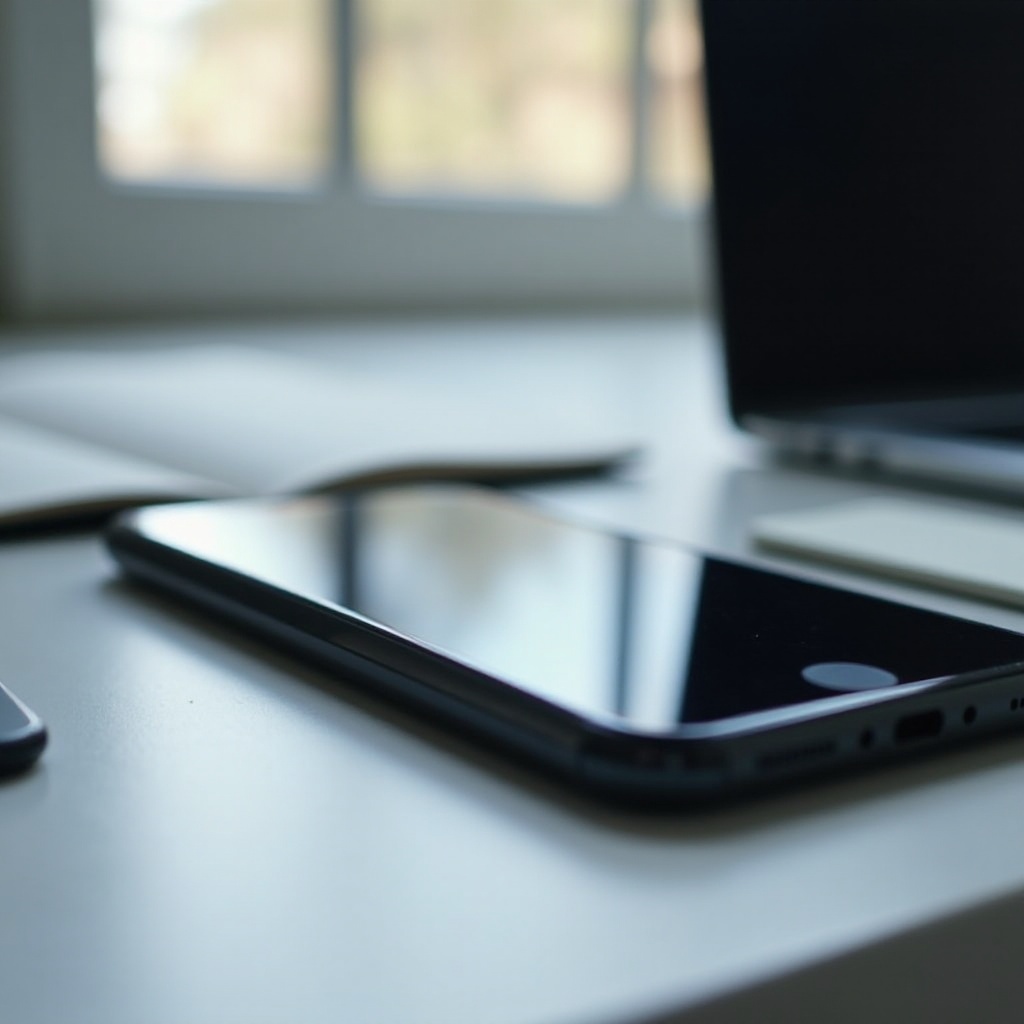Does iPhone Need a Screen Protector?
Introduction
iPhones are renowned for their sleek design and advanced technology, which makes them highly sought after. With the amount of money spent on these devices, protecting them from potential damage is essential. One major question many iPhone users have is whether they need a screen protector. This blog aims to provide a comprehensive answer by examining the durability of iPhone screens, types of screen protectors available, their benefits, drawbacks, and expert opinions on their use.

How Durable are iPhone Screens?
Apple is known for producing high-quality devices, and iPhone screens are no exception. With each new model, Apple aims to make the screens more durable. The latest iPhones come with Ceramic Shield technology, a material touted as tougher than any other smartphone glass. This advanced technology provides increased resistance to drops and scratches.
However, despite these advancements, no screen is entirely invincible. Regular use can lead to wear and tear, and accidental drops can still cause damage. Micro-scratches from everyday objects like keys or coins can accumulate, affecting the screen's clarity. Therefore, even with robust construction, the potential for screen damage exists, indicating the need for additional protection.

Types of Screen Protectors
To safeguard your iPhone screen, there are various types of protectors available. These range from basic plastic films to advanced tempered glass. Each type offers different levels of protection and unique benefits.
Tempered Glass Protectors
Tempered glass protectors are among the most popular. They are created through thermal or chemical processes, making them significantly tougher than traditional glass. These protectors offer substantial resistance to scratches and drops. They also maintain the touch sensitivity of the iPhone screen, providing a smooth user experience. Furthermore, tempered glass protectors often include oleophobic coatings, which repel fingerprints and smudges.
Plastic Film Protectors
Plastic film protectors are a more affordable option. Made from thin layers of plastic, they offer basic protection against scratches and minor impacts. While they are not as durable as tempered glass protectors, they still provide an added layer of security. Their lightweight and flexible nature makes them easy to apply and remove. However, they may reduce touch sensitivity slightly and do not offer the same level of optical clarity.
Privacy Screen Protectors
Privacy screen protectors are a great choice for those who value privacy. These protectors not only shield the screen from scratches and minor damage but also limit the viewing angle. This feature ensures that only the person directly in front of the screen can see the display, preventing prying eyes from seeing sensitive information. Privacy screen protectors are typically made from tempered glass but with an added privacy filter.
Benefits of Using a Screen Protector
Using a screen protector for your iPhone can provide several advantages:
Scratch Prevention: Screen protectors shield the display from everyday scratches caused by objects like keys, coins, or sand.
Impact Resistance: High-quality protectors, like tempered glass, can absorb the shock from accidental drops, reducing the risk of screen shattering.
Maintaining Display Quality: A screen protector ensures that the pristine condition of the screen is preserved, maintaining visual clarity.
Cost-effective: Replacing a screen protector is much cheaper than repairing or replacing an entire iPhone screen.
These benefits highlight the importance of using a screen protector to prolong the life of an iPhone and maintain its aesthetic and functional value.
Drawbacks of Using a Screen Protector
While screen protectors offer various benefits, they also come with some disadvantages:
Touch Sensitivity: Some protectors, especially plastic films, may reduce the screen's touch sensitivity, leading to a less responsive user experience.
Installation Hassles: Applying a screen protector can be tricky. Bubbles and misalignment issues can occur, which can be frustrating.
Added Bulk: Although minimal, screen protectors do add an additional layer, slightly altering the slim profile of the iPhone.
Potential Glare: Some screen protectors may cause glare under direct sunlight, making the screen harder to read.
These drawbacks must be weighed against the benefits to make an informed decision about using a screen protector.
Expert and User Opinions
Expert opinions on the necessity of screen protectors for iPhones vary. Many tech enthusiasts and repair professionals advocate for using them, especially for users prone to accidents or seeking to resell their devices. Several experts highlight the effectiveness of tempered glass protectors in minimizing damage from drops and maintaining touch sensitivity.
User opinions also vary, with experiences influencing their perspectives. Some users swear by screen protectors, citing instances where their devices were saved from severe damage. Others prefer the natural feel of the iPhone screen and consider screen protectors an unnecessary addition.
Overall, expert and user opinions indicate that while screen protectors provide valuable protection, the decision to use one depends on individual preferences and lifestyle.

Conclusion
Screen protectors can be a beneficial addition to your iPhone, providing enhanced protection against scratches, drops, and prying eyes. However, potential drawbacks such as reduced touch sensitivity and installation challenges must be considered. Deciding whether to use a screen protector depends on your personal needs and level of care for your device.
Frequently Asked Questions
What is the best type of screen protector for an iPhone?
The best type of screen protector for an iPhone is typically a tempered glass protector. They offer excellent protection against scratches and impacts while maintaining the screen's touch sensitivity and clarity.
Can a screen protector affect the touch sensitivity?
Yes, some screen protectors, such as plastic films, can affect touch sensitivity slightly. However, high-quality tempered glass protectors usually preserve the touch responsiveness of the iPhone screen.
How often should a screen protector be replaced?
Screen protectors should be replaced if they become scratched, cracked, or otherwise damaged. The frequency of replacement will depend on the level of use and the quality of the protector.



